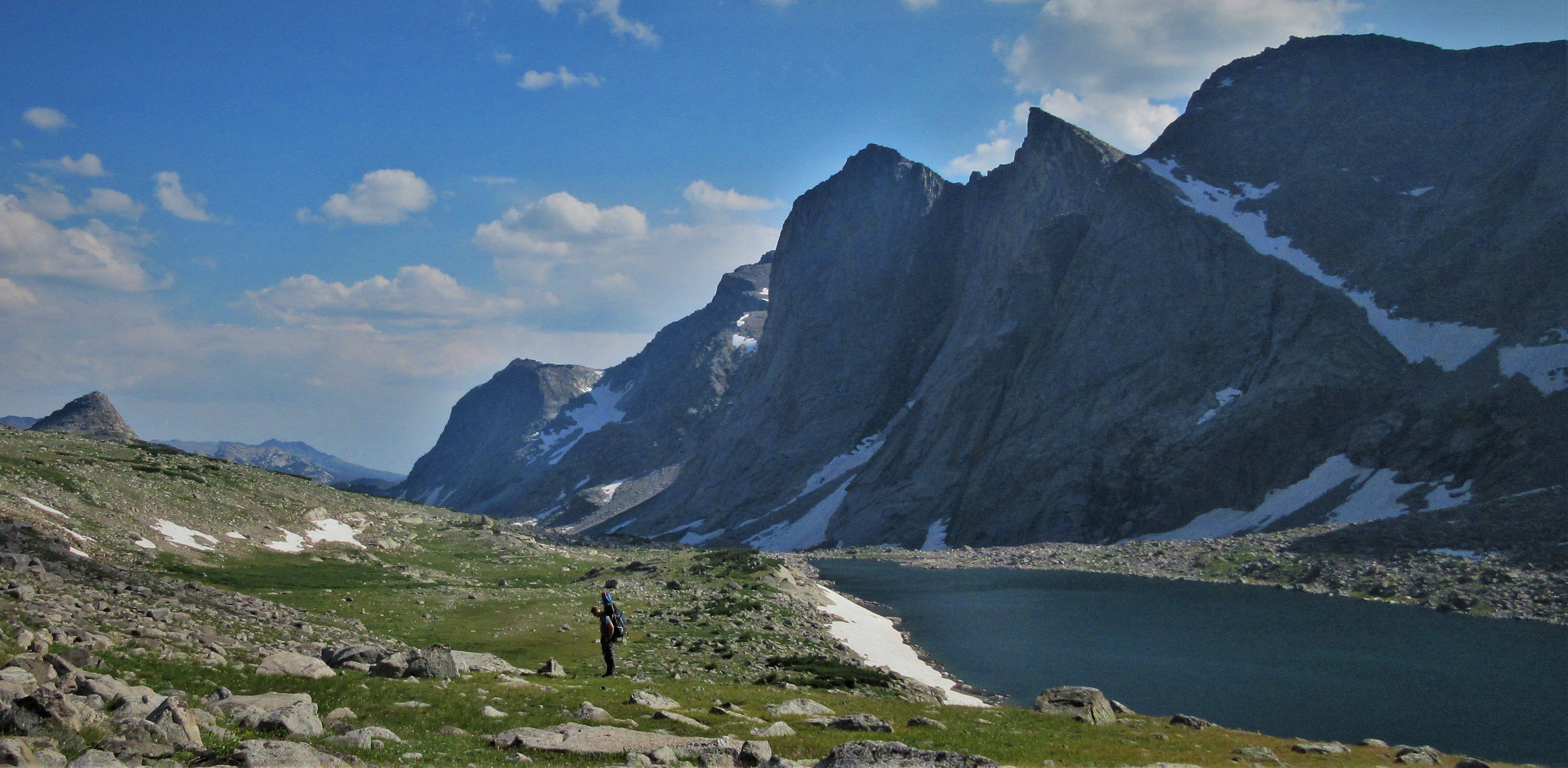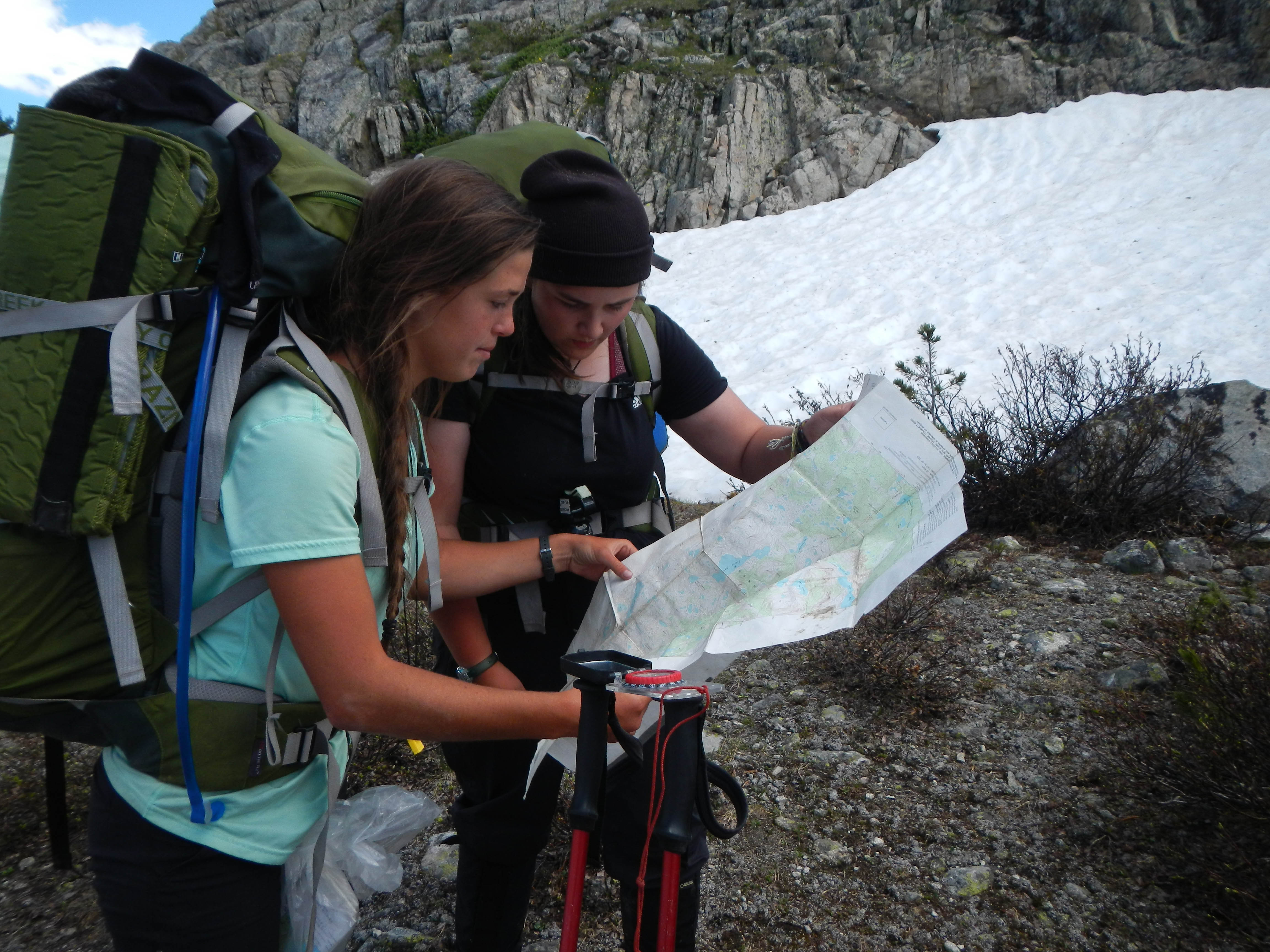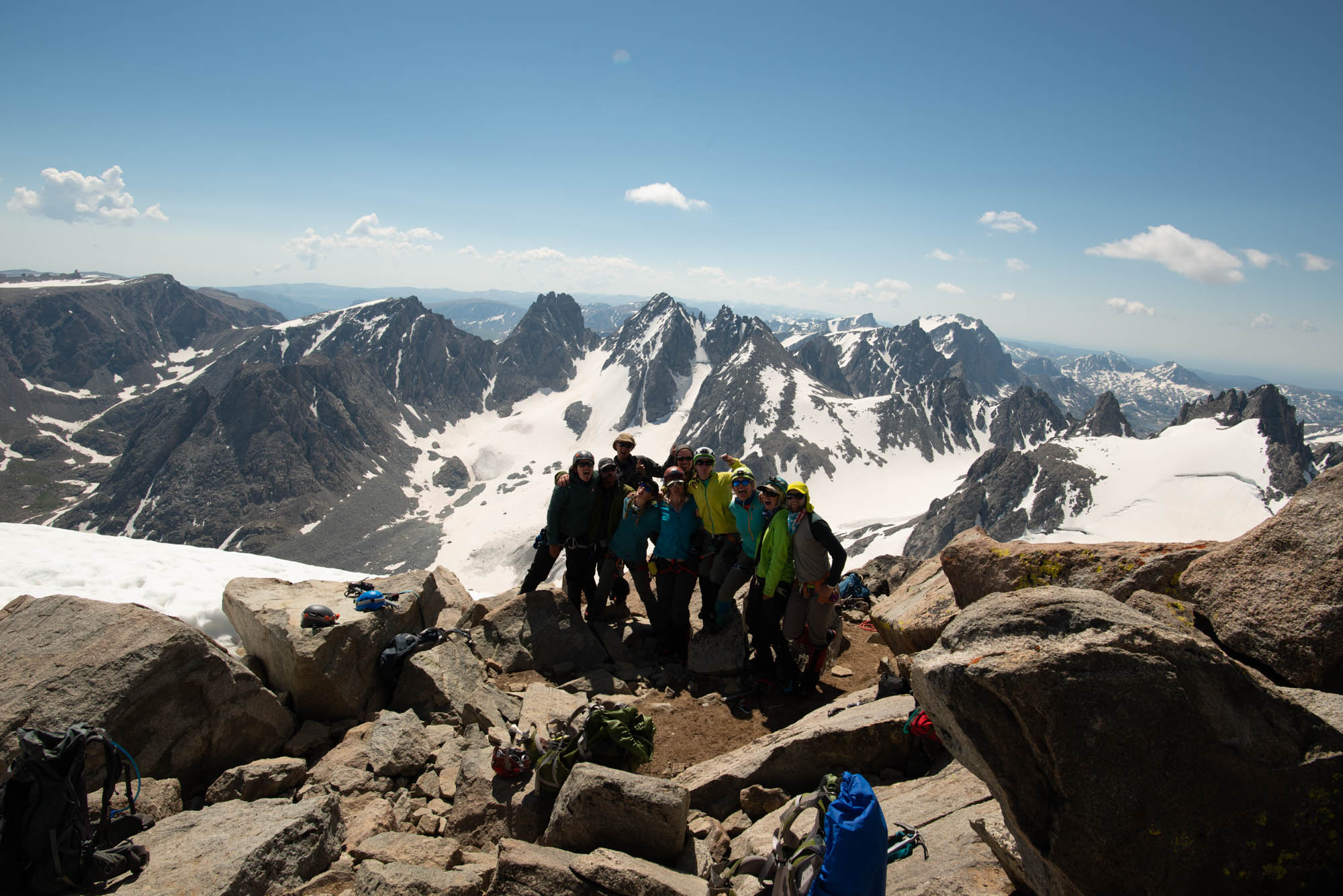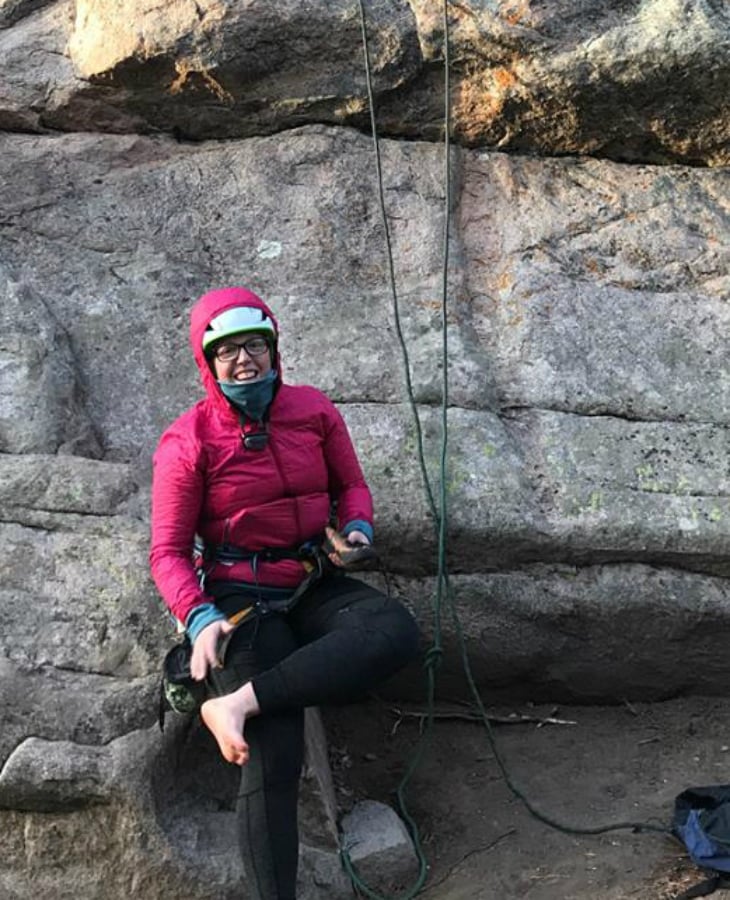How to not get lost in the Wilderness

In our world today, there are many places we go where there are clear directions and we have technology to literally direct us where to go. All we have to do is punch in the address of where we need to get to, and Siri (or whatever system you use) will talk you through how to get there step by step. It’s gotten to the point now, where most people under the age of 20 have never heard of a Road Atlas let alone used one!
But what do you do when you’re not on a road? Or a trail? What happens when the signs that should be there directing your travel are either un-readable or literally don’t exist where they should? How do you not get lost then?
I mean, getting lost is a big deal. So how do you not get lost, but Stay Found?

Staying Found is different than not getting lost.
What does it mean to “Stay Found” and how is that different than not getting lost?
Well, like most things in life, it’s about prevention. Staying found is something we teach on our SROM courses in addition to basic orienteering (ie map and compass reading) skills. Because map reading has become vintage in our world full of technology, this much needed wilderness skill takes some getting used to for most people.
Staying Found is a major part of this skill. It is using the map, the compass, and what you are seeing around you to keep yourself and others on the right track. It is an active process that you use moment by moment because depending on your path, your view of potential landmarks can be skewed or blocked.
Here are a few steps you can take to practice Staying Found in the wilderness.
Study the Maps Together

Studying the maps yourself AND including everyone in your group to study them is really important. Because you are all on this adventure together! So getting everyone on the same page on where you are starting from that day to where you are going is really important.
You will want to do more than a basic run down.You should be going over a detailed plan all together on what route you are taking to get from Point A to Point B. This includes:
- Elevation gain and loss – and how you identify that
- Major landmarks to look for. Like an unusual rock formation, ridgeline, a river, lake, or canyon
- Milage for the day. Not just the total milage, but the short ones too. Such as, “It will be around 2.5 miles to this unusual rock formation.” By knowing the distance to those features, it will help you and your group stay connected with both the landscape and the map.
Watch Out for Comfort Traps

In many places that you go into the wilderness, you will stay on a trail. But there are also many places where you will find yourself route finding between trails or off the trail completely. In either case, it can be easy to get comfortable following a trail or trail-like feature blindly.
You may end up following the trail so far and trusting it so completely that when you stop, you have no clue where you are at.
It is so important to check in with the maps and keep looking for those easy to spot landmarks along your ENTIRE route for the day. Just following a trail doesn’t mean you can’t still get lost. So make sure that you are checking in with each other and the maps often.
A Culture of Communication

It’s not just you on this adventure, there’s your entire group! And many pairs of eyes are better than one! So encourage each person to keep not just their eyes out along your route, but to speak up if they see it. Because, let’s be real honest, you can miss things along the way. And if you encourage each person to take up the mantle of keeping a lookout, you are less likely to miss the landmark and increase your ability to Stay Found.
When you take the time to practice Staying Found, you create this great opportunity to grow and develop a strong community that values communication and teamwork. Because we all aren’t good at this skill right away. But we all have the ability grow and develop in our skills on these adventures.
And in practicing the art of Staying Found, you are not only reducing the chances that you will get lost. But you are also fostering an environment where you and your group of intrepid adventurers can achieve great things that you maybe wouldn’t have done alone!
WANT TO EXPERIENCE MORE?
Check out an opportunity to learn and grow on a wild adventure – connecting with God, others, and your purpose.

Laura Albert
Laura has been full time with SROM since February 2017. In addition to writing, she and her dog Lily enjoy going on adventures and pushing the limits of “the norm” in their daily rhythms. Most recently that includes the building of their own Tiny House on wheels starting in May.
To learn more about Laura, click here.